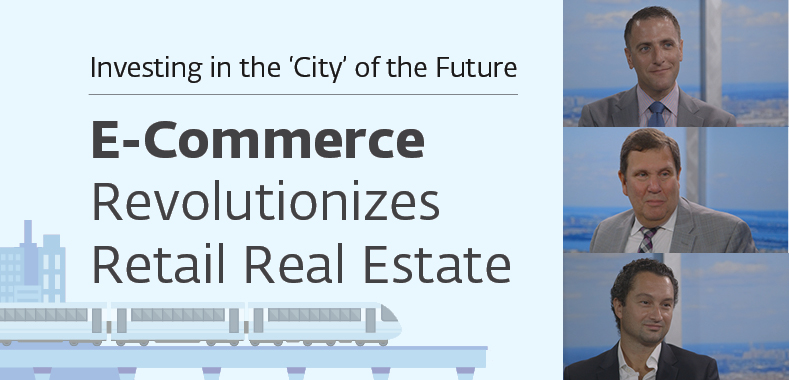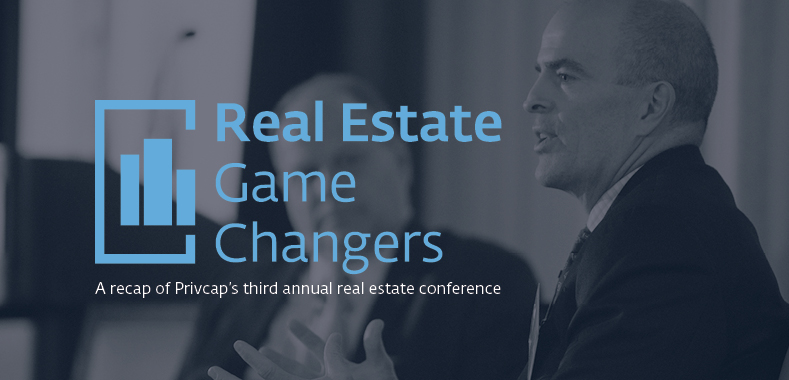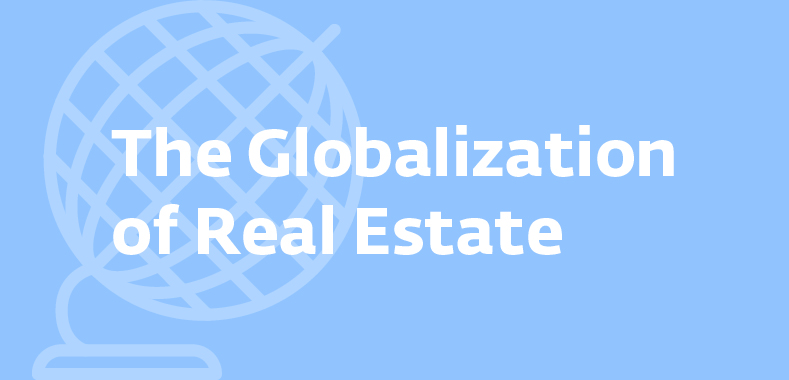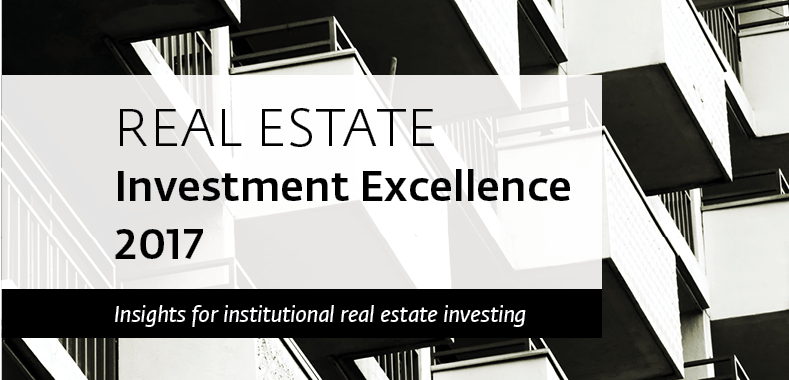Signs of a Seller’s Market in Real Estate
Download the Article Here
Privcap caught up recently with Mayer Brown partner Jade Newburn to learn about the most important trends he is seeing in 2018:
Privcap: Having participated in many prior real estate cycles, how bullish are you about 2018?

Mayer Brown
Jade Newburn, Mayer Brown: Based on where we sit for transactions in the pipeline, I expect a strong year. Typically, there’s a big push to wrap up deals at the end of December, which certainly happened at the end of December 2017. A lot of the 2018 pipeline has already been found, and we’re off and running.
What is your take on the fact that valuations are way up, especially in 24-hour cities?
Newburn: At this point, it’s a seller’s market for real estate assets. Deal terms generally have a cycle, of course, which corresponds to the relative leverage of buyers and sellers. As prices are being bid up, and as equity is continuing to look to make investments, we are seeing purchase and sale agreements terms that have swung to the sellers on the spectrum.
For example, in a purchase and sale agreement negotiation, you negotiate for the length of the survival period for the seller’s representations and warranties, as well as the seller’s total liabilities for post-closing claims. Often, survival periods today are 12 months or less, and seller post-closing liability caps are pretty near the minimum of where they’ve been historically.
Even more interesting—buyers are increasingly offering earnest money that’s non-refundable at the signing of the purchase agreement—showing their interest and commitment by offering some percentage of the total earnest money as non-refundable, even during the due diligence period.
Outside of the most common core markets, where are buyers looking for value?
Newburn: I’ve noticed a preference to look to opportunities that are less correlated to the overall real estate market than perhaps a core office building in a coastal market. What does that mean from a product type perspective? There’s a massive number of people who will be retiring, so real estate investors are looking to provide housing that will be necessary for that population. The same analysis applies to medical office.
There are actually a number of sub-classes of senior living which can be anything from limited services all the way to assisted living and memory care. In those cases, you’d be looking at where people are going to be retiring, when do we expect them to retire, what’s the tax rate that may play a role and how people migrate after they retire, etc.
Industrial may now even substitute for retail, given the prominence of online retail and the expected continued strong growth. Student housing may be attractive in strong college towns. Manufactured homes, for the different end of the real estate market, is also becoming an area of increasing interest. As for self-storage, people need to store things in a manner that isn’t correlated to the general direction of the real estate markets. Of course, for all assets, you have to find the right places and either develop or buy them.
Jade Newburn, a veteran deal advisor of Mayer Brown, says terms are sweetening for those seeking to unload property.










